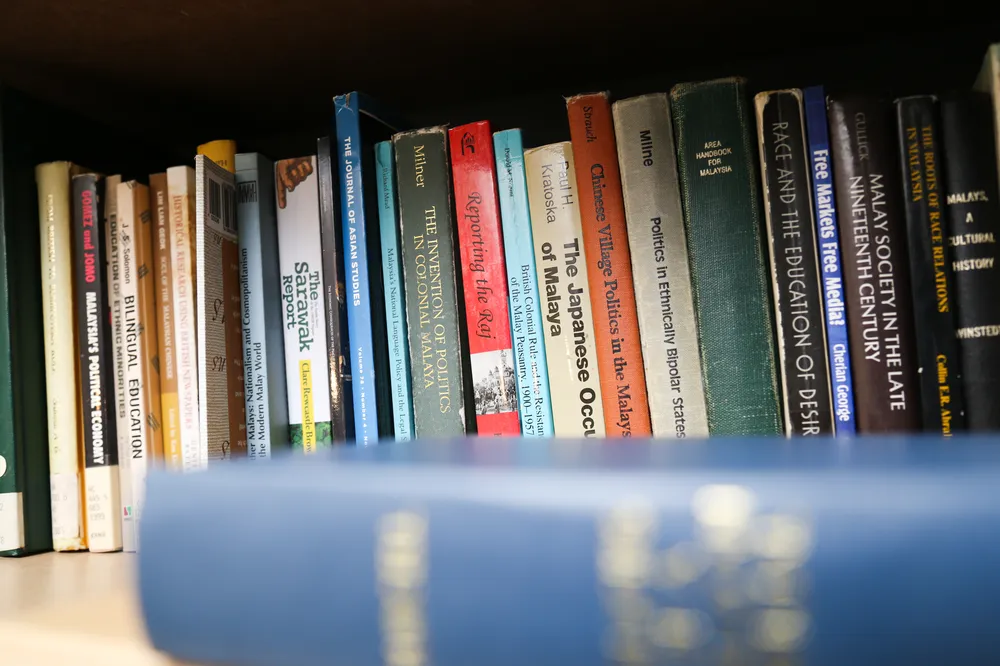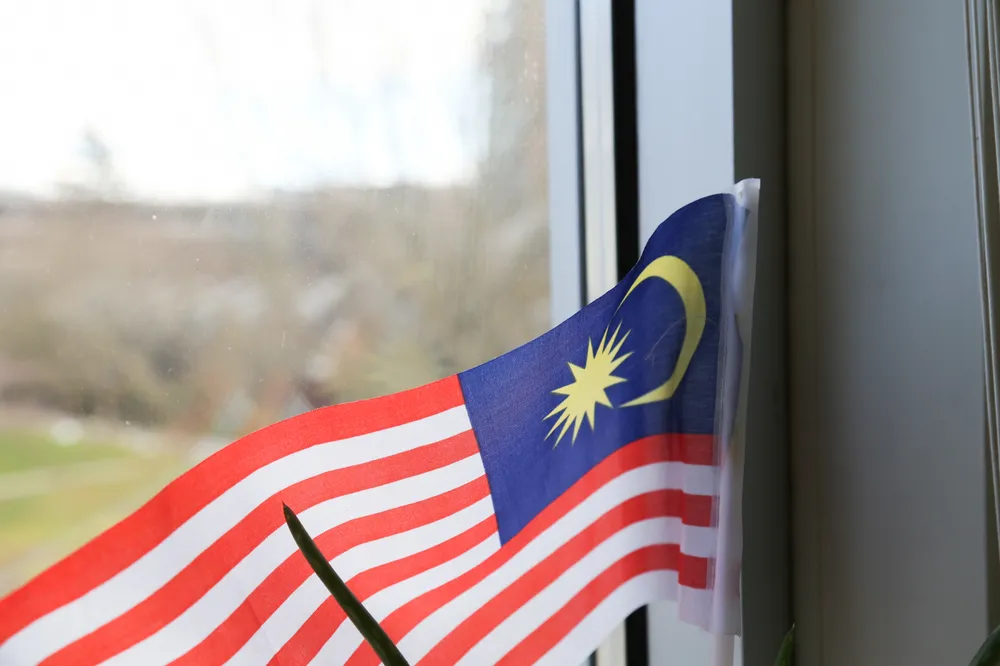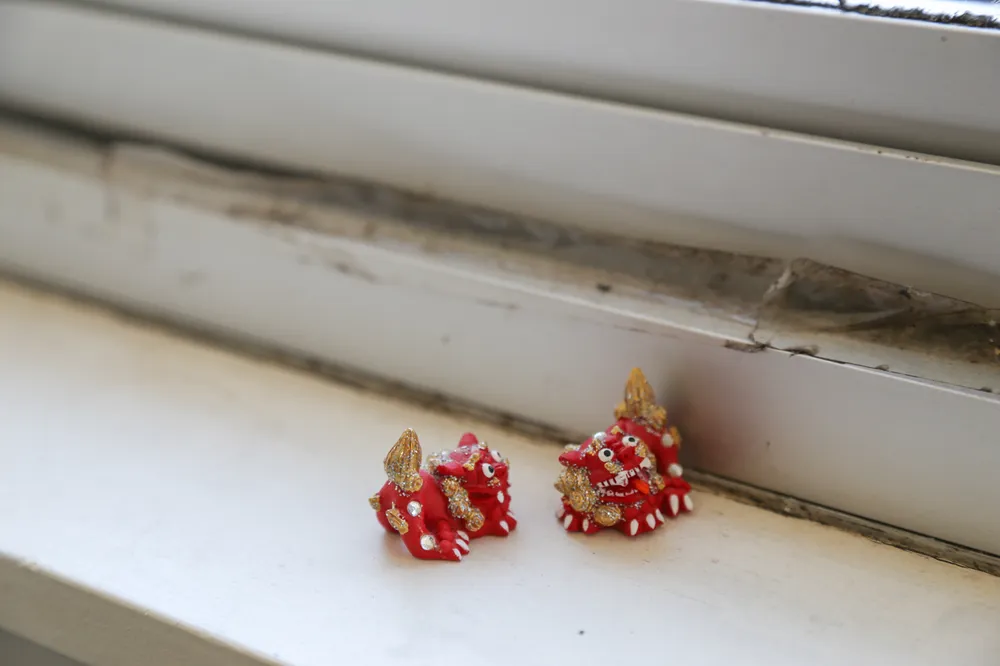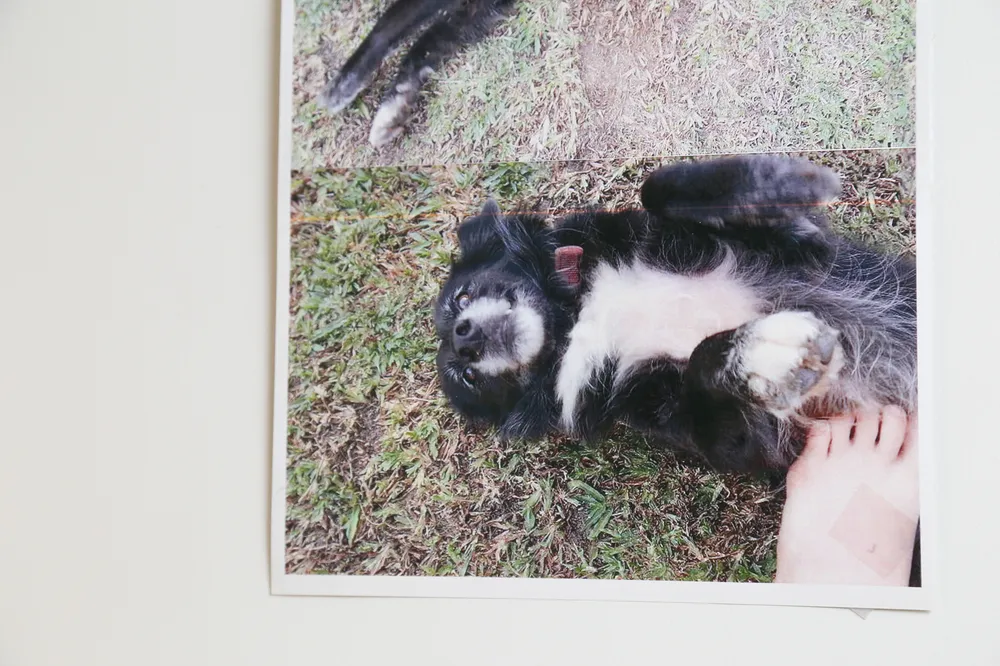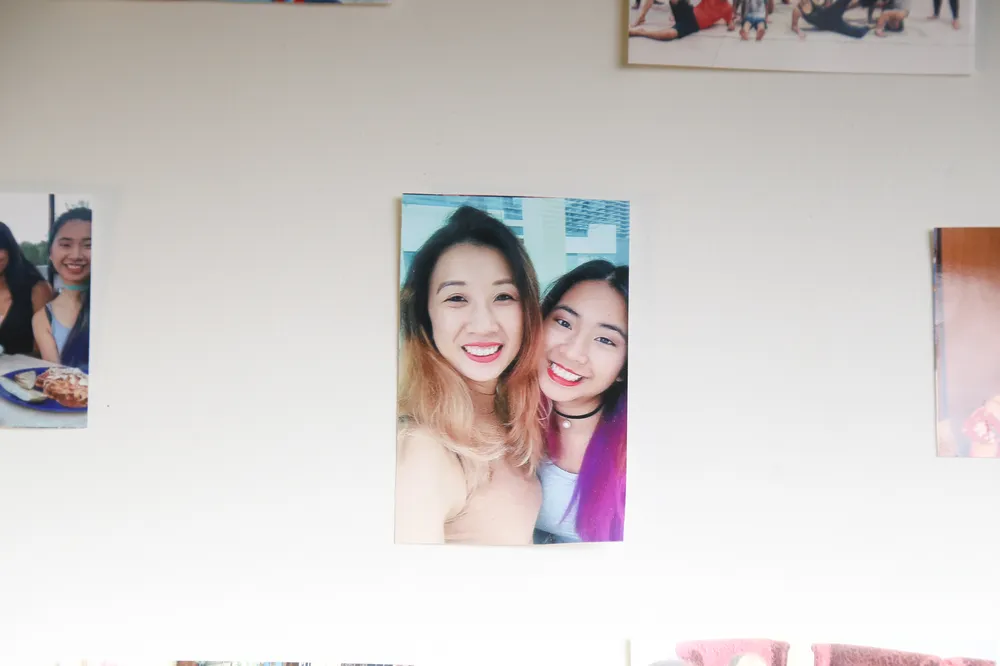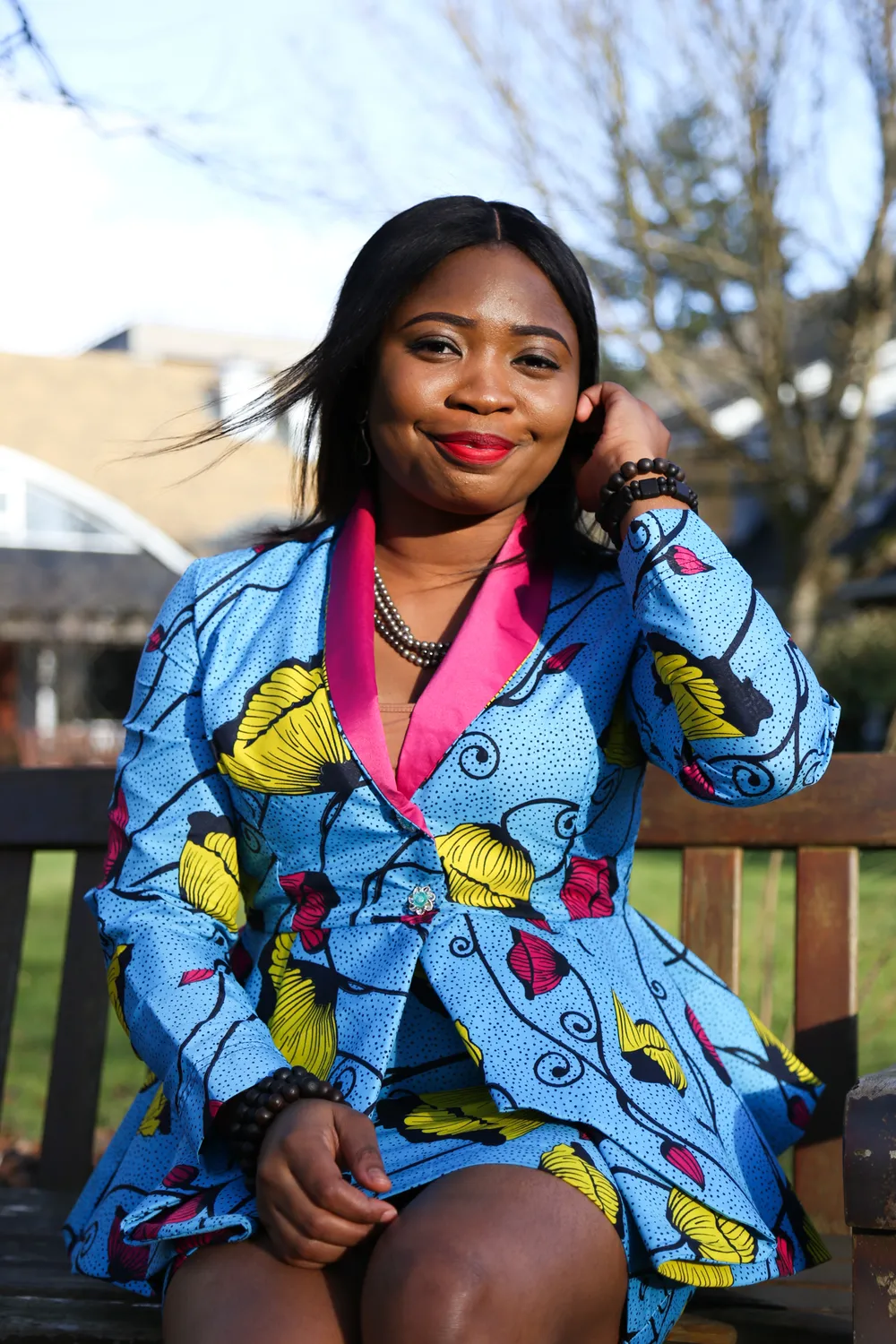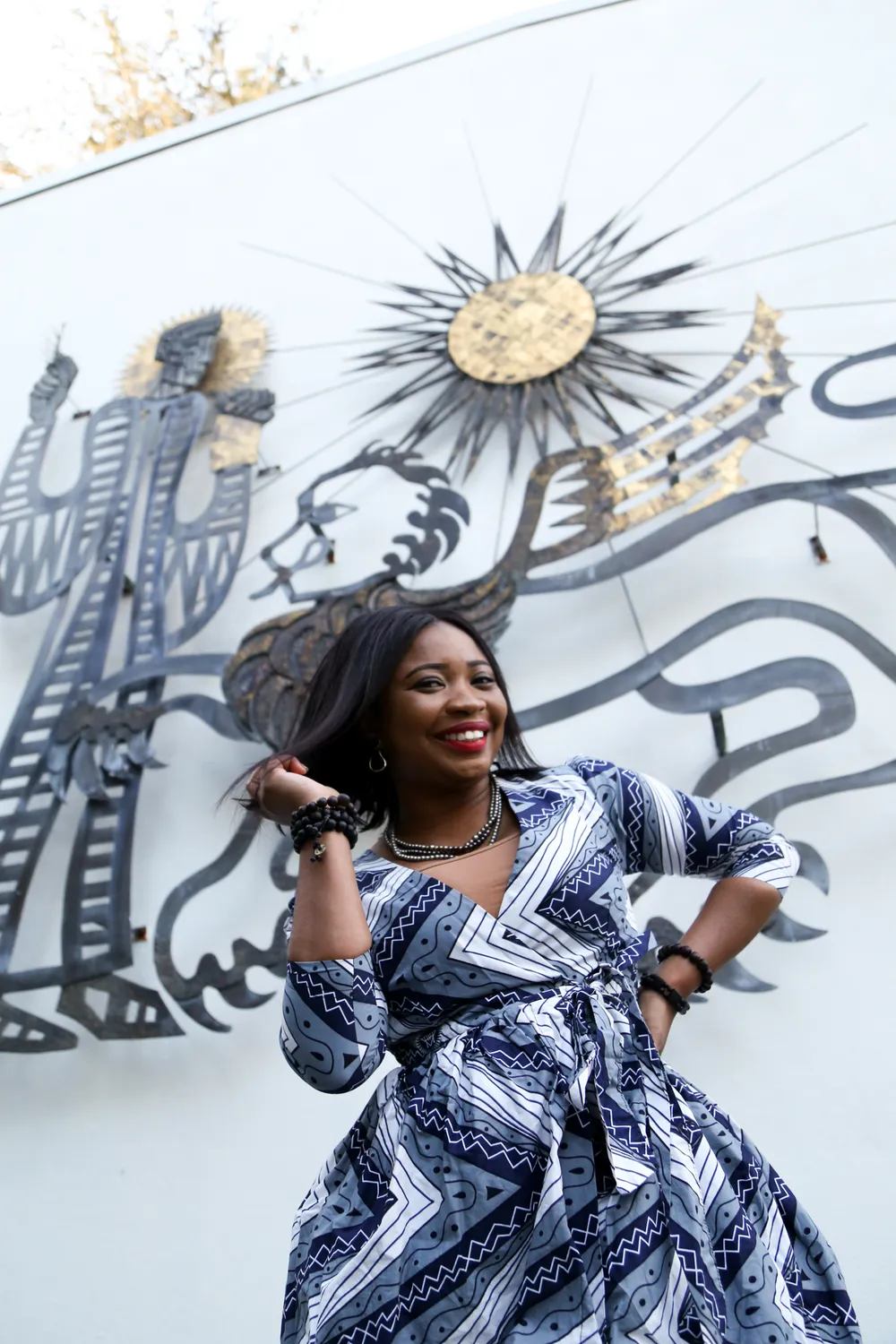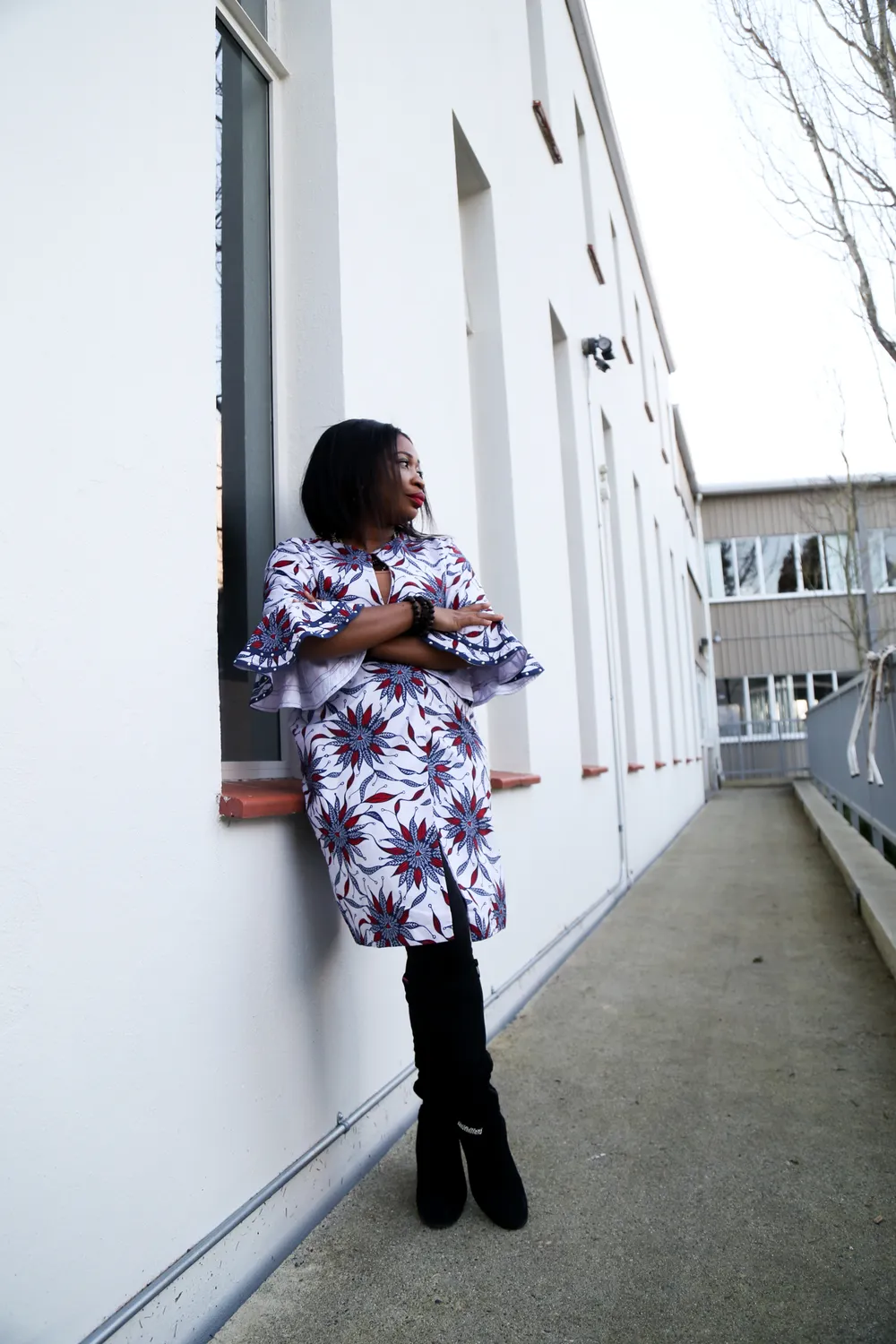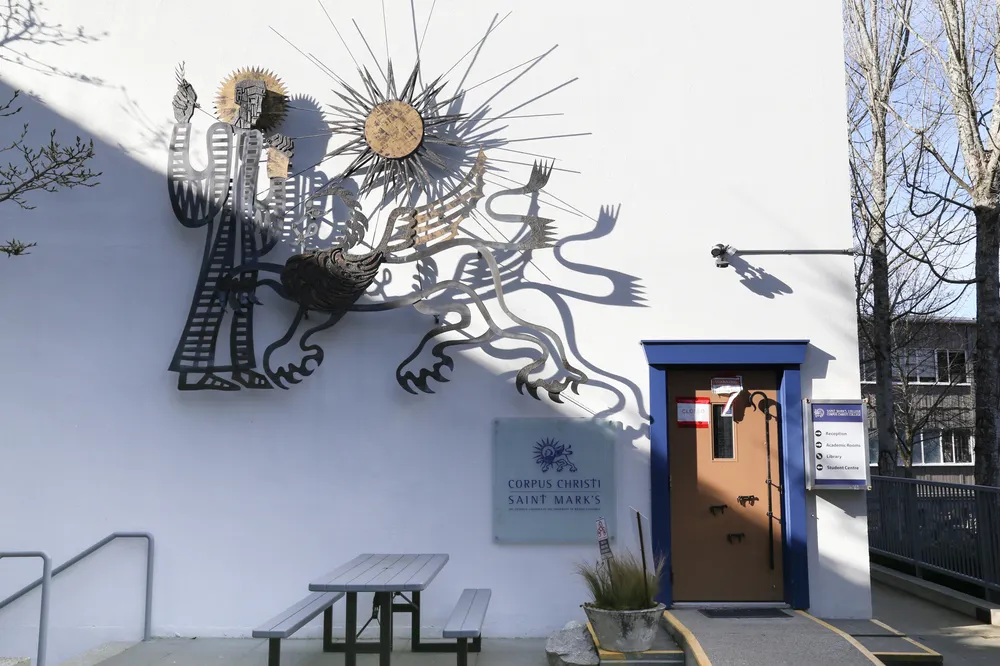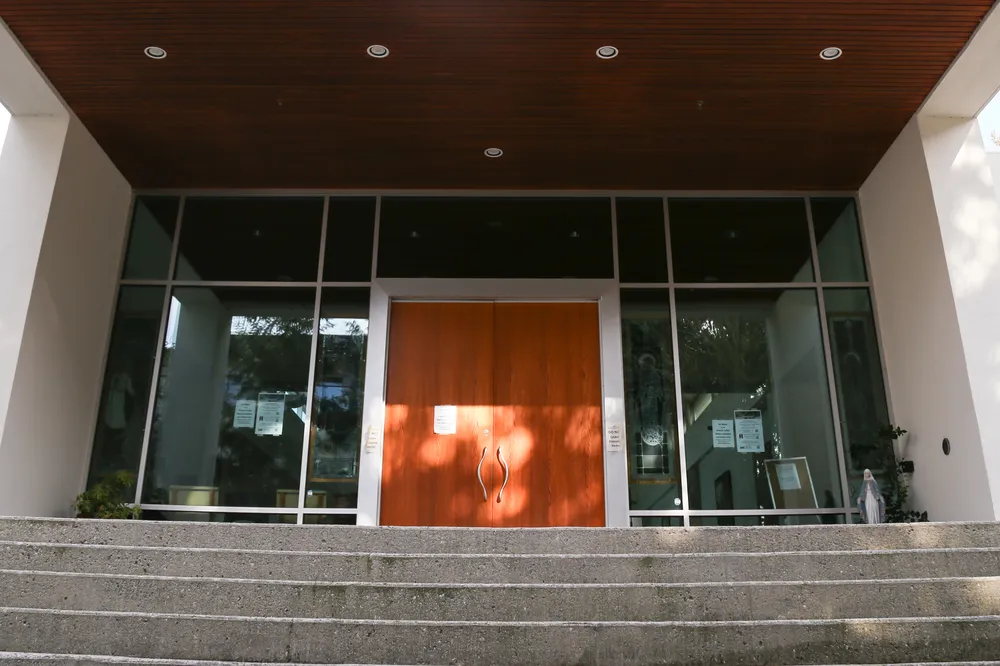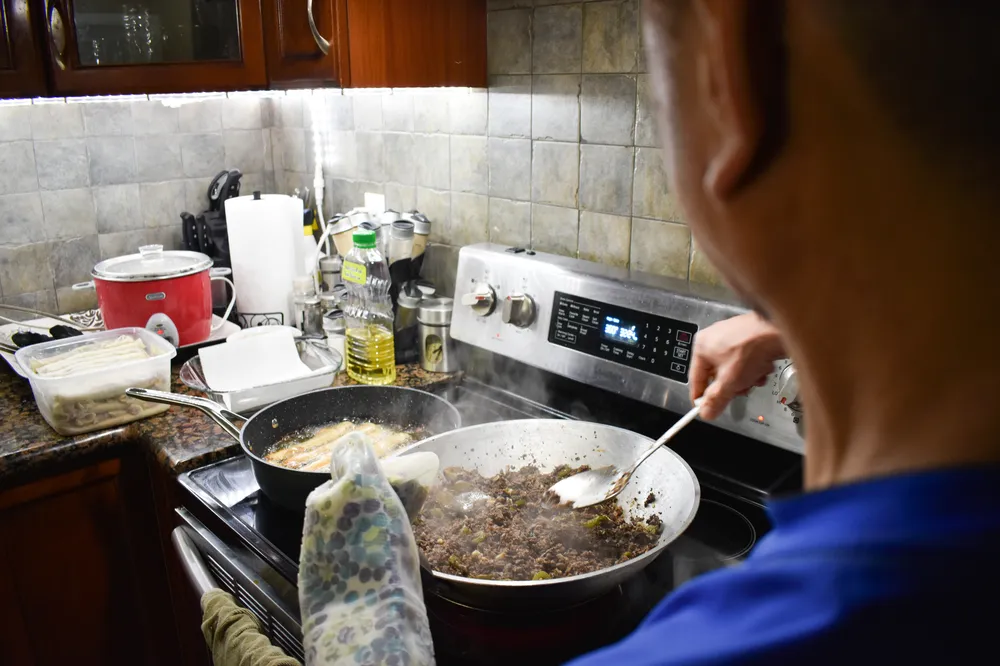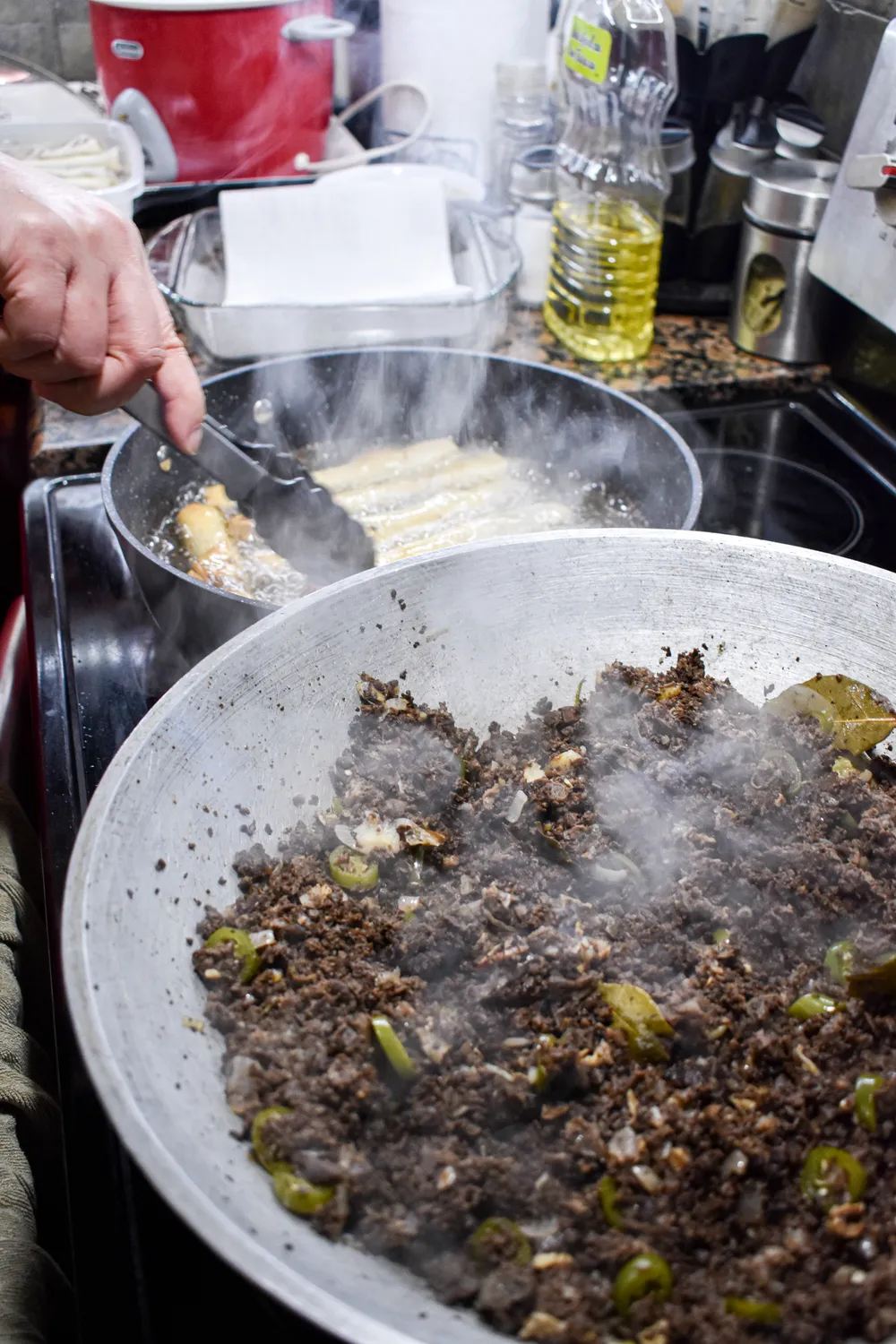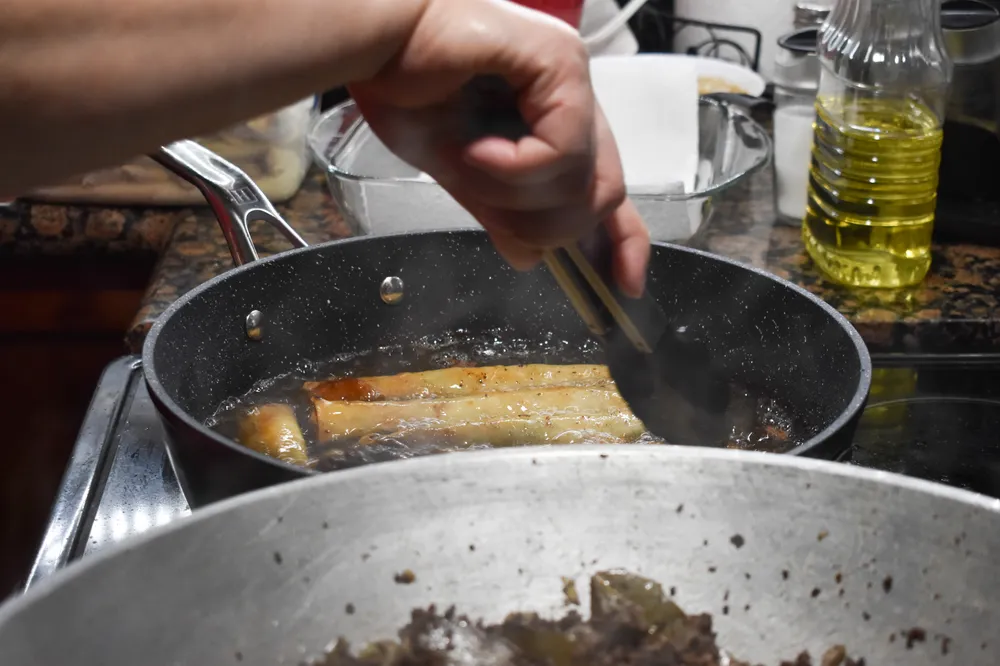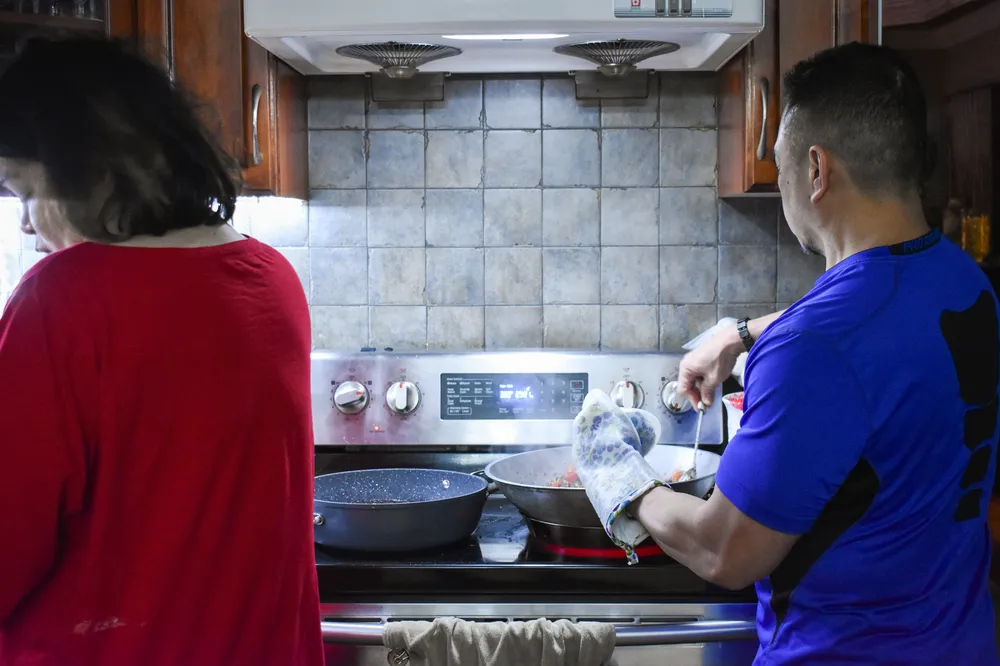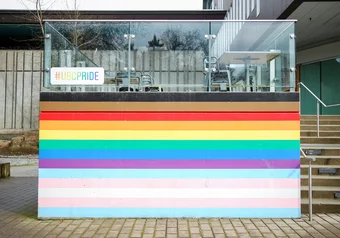The emotions and behaviours tied to resettling in a country vastly foreign to one’s own are nuanced and difficult to generalize with any one story. The following three photo essays do not intend to illustrate migrant stories at large. Rather, they are individual stories of students at UBC and how they have preserved parts of their national identity, despite being oceans away from home.
Lui Xia Lee, from Malaysia
Lui Xia Lee moved to Canada in August 2015 when she began her undergraduate studies in Ottawa. She is now doing her masters at UBC, studying Malaysian history.
Lee said that she knew she would miss home even before she left for Canada but she wanted a university education abroad, where she would experience different cultures.
“I think I’m the only one in my family who has ever been to North America. So it was very exciting,” she said.
But Lee’s excitement eventually turned into longing as being away from home for long periods of time cemented her appreciation for Malaysia.
“I think in my first two years in Canada, I really wanted to assimilate in the sense that I wanted to make much of my experience about being in Canada, not trying to be so associated with Malaysian culture, just because that’s why I left,” Lee said.
As time went on, however, she found herself missing home and her culture.
“I do miss home a lot,” she said. “I have a lot of dreams about home [and] about my family.”
Lee said that occasionally indulging in Malaysian food and holding on to mementos like her batik mask, Malaysian flag and photo wall of friends and family, are nice reminders of home.
Marian Orhierhor, from Nigeria
Marian Orhierhor moved to Canada in August 2018 and is in her second year of her graduate degree in the School of Population and Public Health.
Fashion has always played a big role in Orhierhor’s life but wearing African prints became more meaningful as she grew older.
“The funny thing is, while growing up, I wasn’t really so [keen] on wearing African prints. I always preferred English clothes. But that changed when I got older. I really liked the colours and how I could just have a piece of material and I could probably make it into [anything],” Orhierhor said.
Orhierhor finds that wearing clothes with African prints sets her apart from others.
“It’s a different print, material [and] style. It just really pops.”
Aside from clothing, Orhierhor also finds herself staying connected to Nigeria through food and the Catholic Church.
While being a master’s student does not leave Orhierhor with much time to cook, let alone visit the few African grocery stores in Vancouver, she’s learned to improvise.
“This new African restaurant [VanSuya] just opened and I’m like their favourite customer.” Orhierhor orders the food in trays and stocks up in her freezer to last for a week.
But just as food can seem to transcend borders, so does attending church. As a Catholic, Orhierhor said that going to church is a very significant part of her life, especially when she’s at her lowest points.
“That’s where I go back to re-strategize, to calm myself and to just breathe,” Orhierhor said. “It’s a home away from home.”
Lalaine Alindogan, from The Philippines
On New Year’s Eve in the Philippines, dining tables are covered with a spread of Filipino dishes — leche flan, lumpia shanghai, palabok, pancit, adobo, mechadong baka, lechon and more. Extended families feast together at a party lasting hours into the night.
Once the clock strikes 12, the pops and crackles of fireworks and firecrackers, clangs of pots and pans, and the blares of torotots (blowing horns) would blend into a rapturous cacophony across the streets, where crowds of Filipinos celebrate by making as much noise as possible.
Moving to Canada, my family brought along the cultural cuisine and noisy New Year’s traditions. As a first-generation Canadian, I’m fortunate enough to experience a teeny, tiny version of the highly energetic celebrations through growing up in a predominantly Filipino community in South Vancouver. We would join our neighbours outside our apartment complex — banging our pots and pans, blasting my dad’s homemade, ear-deafening torotots.
And to this day, my parents still cook side by side to prepare the usual spread of delicious traditional dishes — too much food for our six-person family, one might argue. My mom always pan fries the lumpia, my dad stir fries the bopis and with bloated bellies, we stay up to count down the seconds until our midnight ruckus.
Share this article
First online



